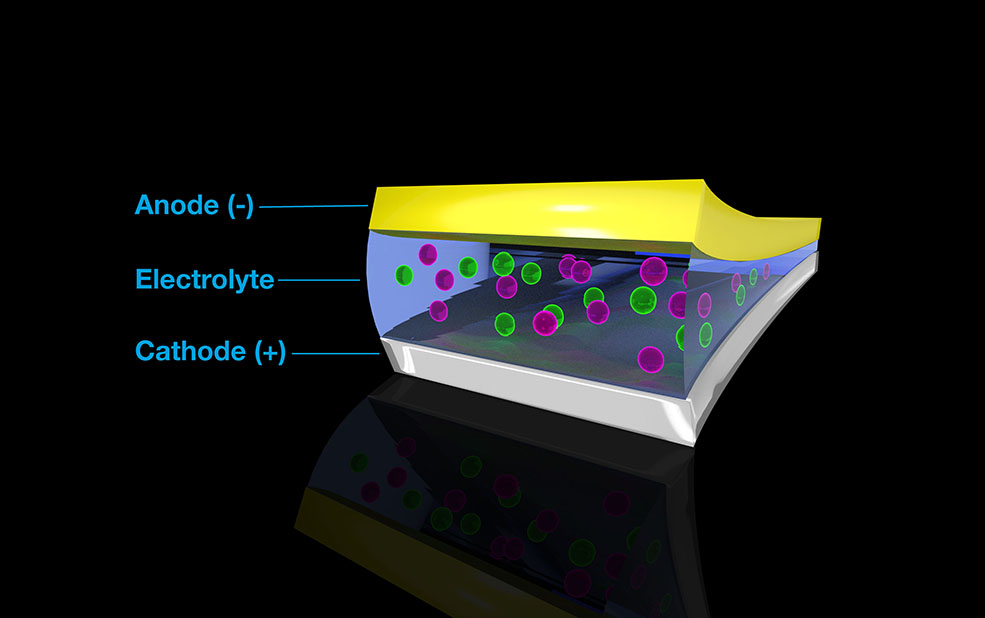
Bringing Plastic’s Building Blocks into Atomic-Scale Focus
Researchers capture detailed images of polymers, using electron-based imaging and computer simulations.

Researchers capture detailed images of polymers, using electron-based imaging and computer simulations.

New method could enable studying the fastest interactions of ultrabright X-rays with matter, a vital way of learning about chemical reactions.

Production of actinium-227 ramps up for use in a drug to fight prostate cancer that has spread to bone.

New method provides ultrafast switching of electronic structure and illuminates fundamentals of charge ordering, potentially offering a simple path for next-generation data storage.
Read more about Bursts of Light Shape Walls Between Waves of Charge
Neutron scattering reveals supersonic particles that carry heat and may improve electronics and sensors.
Read more about Beyond the “Sound Barrier” to Get the Heat Out
Detailed view of atoms opens doors for new designs to convert atomic displacements to electrical energy.
Read more about New Insights into a Long-Standing Debate About Materials that Turn Motion into Electricity
Researchers design self-assembling nanosheets that mimic the surface of cells.
Read more about Tiny, Sugar-Coated Sheets Selectively Target Pathogens
With user facilities, researchers devise novel battery chemistries to help make fluoride batteries a reality.

Detailed 3D images show how nanoparticles change in reactions that purify contaminated water or power recyclable geochemical batteries.

The symmetrical light-gathering, energy-producing complex offers insights into how modern photosystems evolved.

Researchers link root water uptake to root traits and assess (poor) performance of common models.

A novel experimental geometry at the Linac Coherent Light Source reveals, for the first time, how silicon responds to shocks similar to those in a planet’s core.